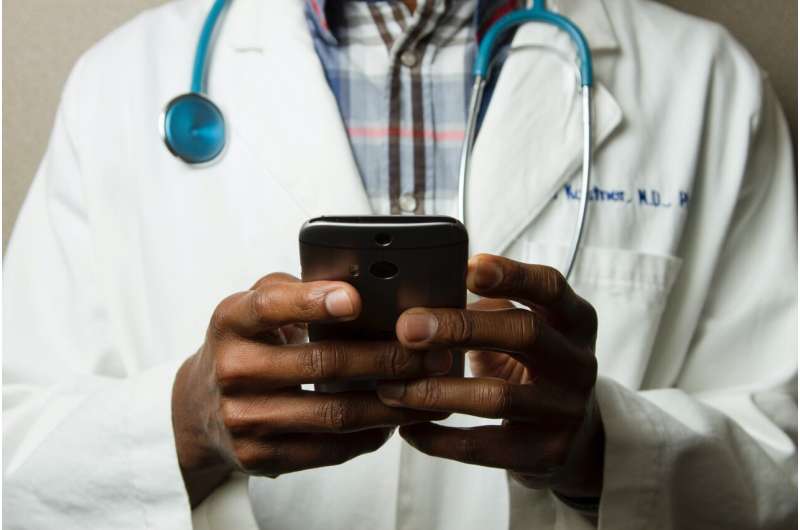
The COVID-19 pandemic transformed the way that patients access health care. While previous studies have revealed inequities in telemedicine usage during the spring of 2020, there are fewer analyses of other aspects of its use during the pandemic, especially among surgical patients. Researchers at Brigham and Women’s Hospital analyzed the electronic health records of new patients seeking consultations within the hospital’s Division of General and Gastrointestinal Surgery from March through December 2020. Their findings, published in the Journal of the American College of Surgeons, reveal increased use of telemedicine among some historically underrepresented patient groups and may inform future efforts to improve telemedicine access.
“We can use digital health to reach populations that have historically not had optimal access to our health care system,” said corresponding author Gezzer Ortega, MD, MPH, of the Brigham’s Center for Surgery and Public Health. “In the past decade, smart-phone usage has greatly increased in the United States. We are doing our best to meet patients where they are, and digital tools may help us bridge that gap, if we use them responsibly.”
The study included two phases, one of which spanned the Massachuetts Public Health Emergency (March 24 to June 23, 2020), when the state issued a stay-at-home advisory and elective surgeries were suspended. During this period, the Brigham developed initiatives to increase telemedicine access. These included enrolling patients from under-resourced communities in the patient portal system, disseminating internet-enabled devices, and integrating a video conferencing platform into the electronic health record. During Phase 2 of the study (June 24 to December 31, 2020), Massachusetts issued reopening guidelines authorizing the resumption of non-essential elective surgeries.
Notably, in Phase 2 of the study, Black patients utilized telemedicine more than white patients even as in-person consultations increased. Hispanic/Latinx patients had audio-only consultations more than other ethnic groups during Phase I of the study, but not Phase 2, which could reflect improvements in digital access or literacy. Still, disparities in video-use persisted, with older patients, patients with lower education levels, and patients with a primary language other than English less likely to use video during virtual visits in Phase 2. Throughout the study, women were more likely to use telemedicine than men.
The study authors note that their findings only reflect telemedicine use within one surgical division. During the COVID-19 pandemic, many populations have been unwilling or unable to seek medical care, and are therefore left out of research studies. Furthermore, the demographics of the hospital’s patient population, which are similar to Massachusetts demographics, limit the generalizability of these results, and additional studies are required within populations that have a larger proportion of racial and ethnic minorities, uninsured patients and non-English speakers.
Going forward, the researchers hope to continue to promote telemedicine access by reducing language barriers embedded in digital health platforms, providing better resources to help patients navigate these platforms, and improving physicians’ comfort with digital systems, especially under circumstances in which patients may have audio-only access.
“There is a digital divide in the United States, with disparities in access to technology among under-resourced populations, racial and ethnic miniorities, and the elderly, among others,” said Ortega. “The COVID-19 pandemic pushed digital technology upon us, whether we wanted to use it or not. The learning curve was steep, but I think we’re at a point where this technology has been adopted and is part of our armamentarium of resources that we can use to care for our patients. In doing so, we need to optimize these technologies so that they can be delivered equitably.”
Brigham and Women’s Hospital

